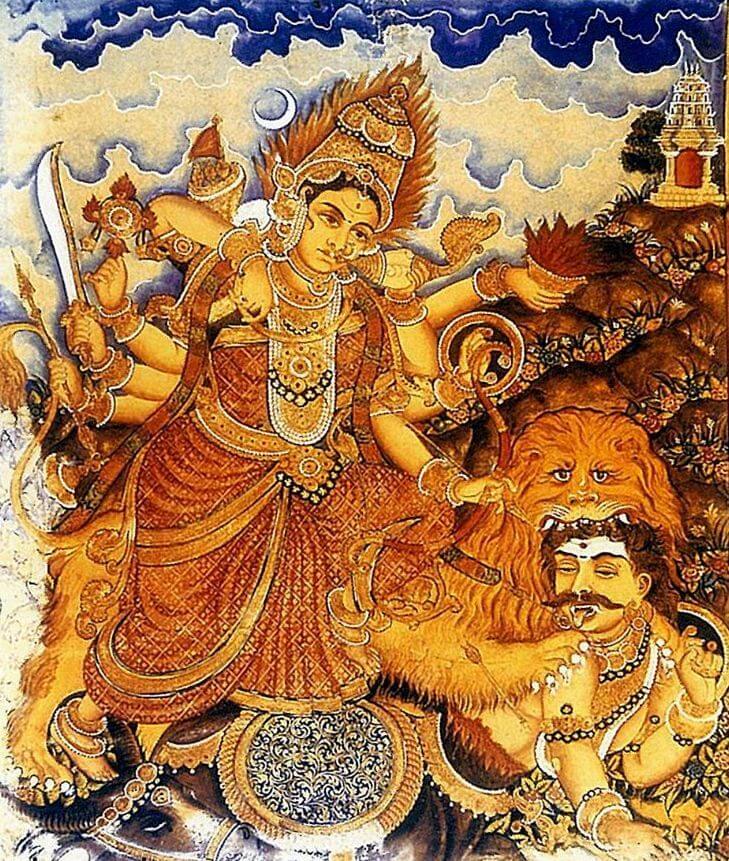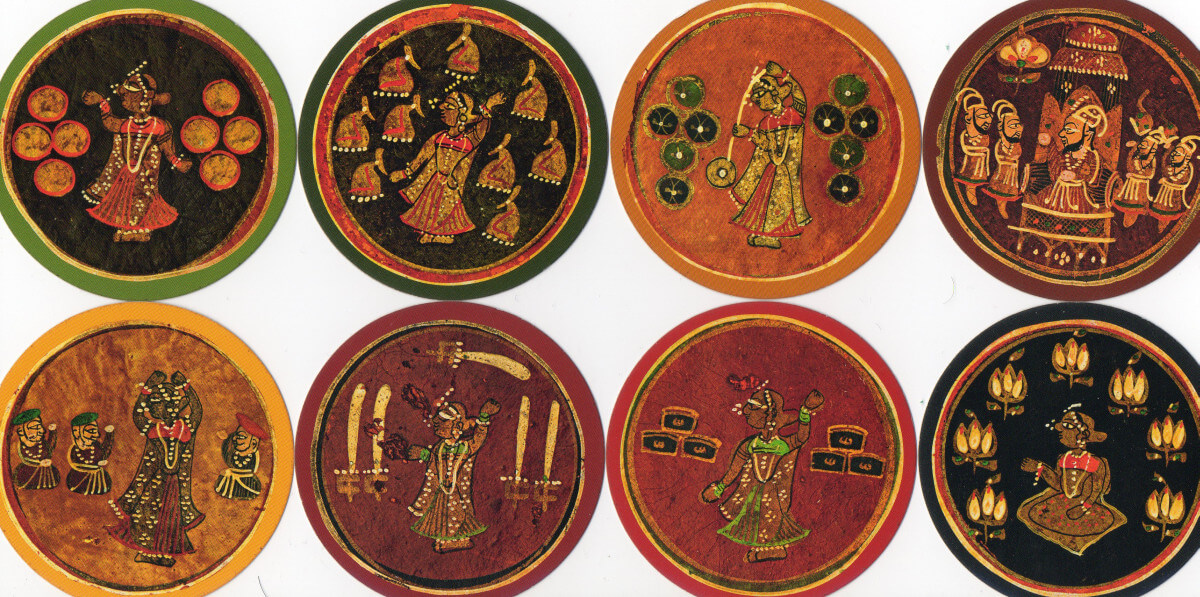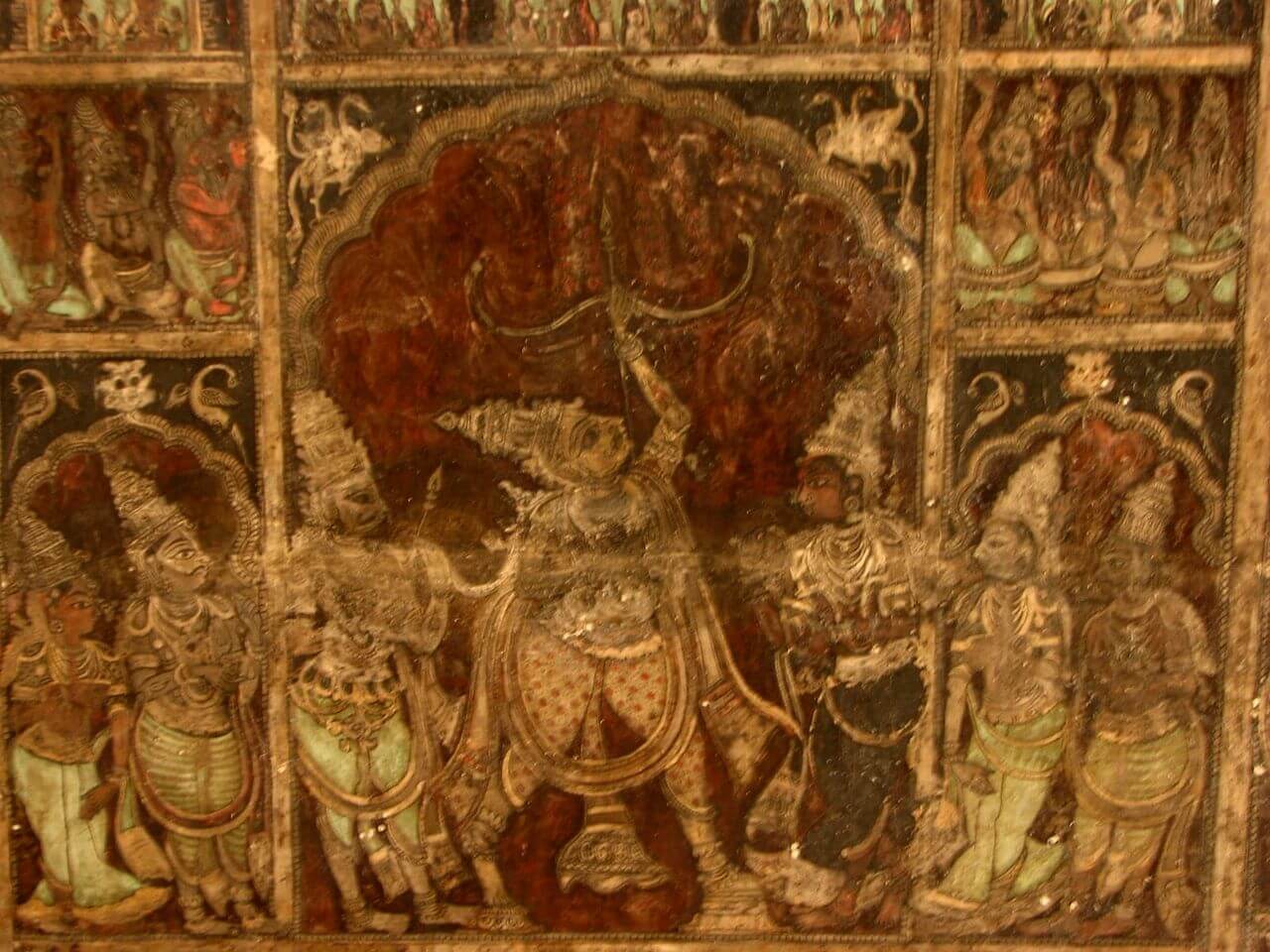Mysuru has been a city where all religions have co-existed in harmony for many centuries. Even when Mysuru was culturally at its zenith under the Vijayanagar Empire and the Wadiyars the rulers always encouraged all religions and cultures without any discrimination. The continuous patronage and support of the Kings in every field led to the evolution of a distinct style known as the “Mysuru Style” in the all the fields like painting, architecture, music, poetry etc. Over a period of time as this culture spread far and wide it was prefixed with the word “Mysuru” to identify the unique cultural heritage.
Though Mysuru has become a modern city it has not lost touch with its tradition and culture. The ultimate expression of cultural unity is witnessed during the 10 daylong Dasara festivities that is synonymous with Mysuru. The celebration not only includes religious ceremonies but also the decoration of houses, display of dolls, distribution of sweets to neighbours and children. The residents of Mysuru have celebrated Dasara in this manner for decades.

Mysore is a city known for its artists and their skills. Mysore has also been a city where all religions have co-existed in harmony for all these centuries. The rulers of Mysore have always encouraged all religions and cultures without any bias. Hence Mysore has developed a unique and rich style of itself known as “Mysore style” in the field of arts. Historically, rulers of Mysore had a strong affection for visual arts, which included architecture and painting. Known as the cultural capital of Karnataka, Mysore is also well known for the festivities that take place during the period of Dussehra (mostly in September or October), the state festival of Karnataka and it’s a period when one can witness the cultural richness of the place.
Mysore city is a classic example of architectural and cultural heritage which dates back to the imperial times. The prominent styles of architecture include Indo– Saracenic style,Traditional Hindu style, European Classical style and many more. Being the land of the mighty maharajas, Mysore has always been an alluring place of splendor. The city has living heritage in the form of tangible and intangible resources.
The former state of Mysore established a unique and distinctive form of painting in the 17th and 18th centuries. Over the years this form of painting has become popular by the name Mysore School.The distinctive feature of these paintings is the gesso work in which 24 karat gold foils are pasted appropriately on the painting and then the paintings are finished.
Karnataka has a rich tradition of folk arts and folklore. These folk artists form part of the famous Dasara procession in Mysore as well. Bessu Kamsale, Somana Kunitha and Yakshagana, the popular folk art of Karnataka form an integral part of the Dasara celebrations and the procession.
Tourists can know more about the art and culture of Mysore by visiting some of the places like Jayachamarajendra Art Gallery, Railway museum, Folklore Museum Mysore, and Mysore Sand Sculpture Museum.
The Jayachamarajendra Art Gallery in Mysore is considered one of the finest art galleries in Southern India because of its fabulous collection of paintings and artefacts that once belonged to the mighty Wodeyars of Mysore.
Another interesting and distinctive museum which should be visited by tourists who are in Mysore city is the Folk Arts Museum. The Regional Museum of Natural History is another attraction in the imperial city of Mysore which is a comparatively recent addition and was inaugurated on 20th May 1995.
Railway Museum of Mysore is also an important place to visit. Today there are number of Railway Museums in different parts of the nation. But the first one was the Railway museum in Mysore which was set up in 1979 in Mysore. The museum has a good collection of photographs and objects related to the growth and development of the Indian railways.
More info about Mysuru Arts & Culture
Know more
Reference Links for your readings


